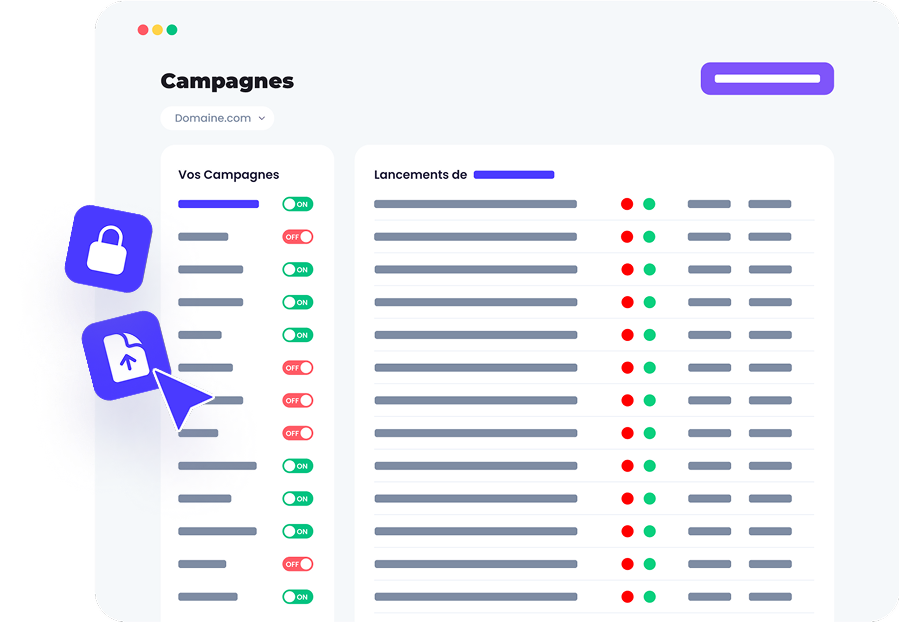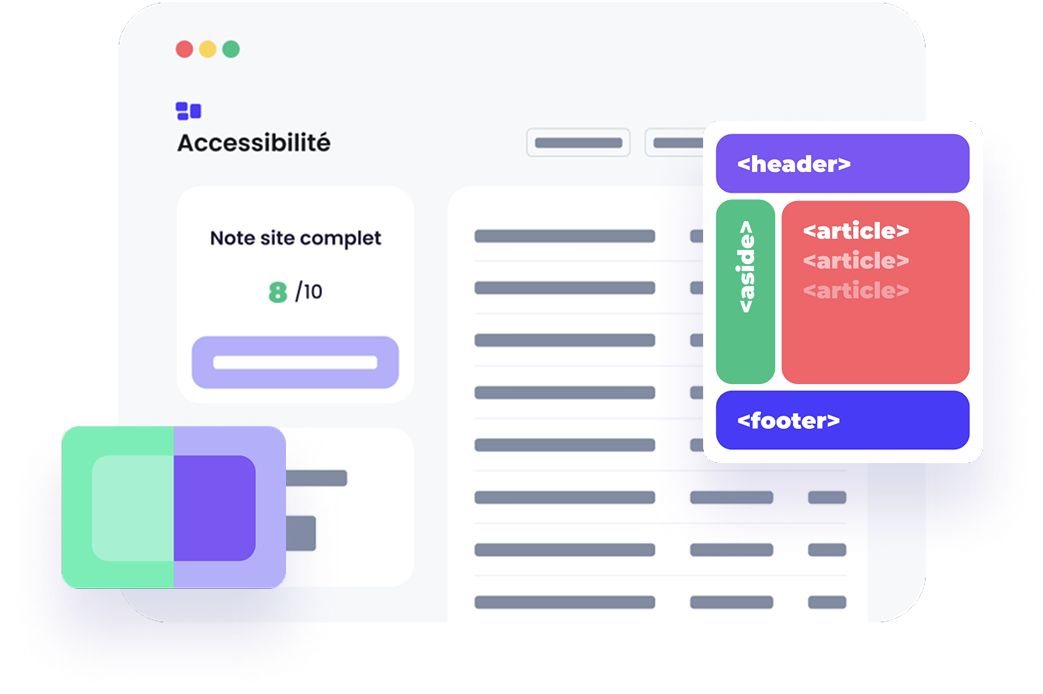Data Layer Testing: Guarantee the quality of your data.
Leader in No-Code Test Automation .
+Over 100 companies place their trust in us

Data Layer tests.

The main advantages of a Data Layer
- Alignment: A data layer forces you to find consistent naming conventions. For example, the marketing team and developers need to agree on a page name. This could be "pageID" or simply "name".
By establishing this from the outset, not only will both teams know how to refer to this specific value, but so will all the analysis tools.
To create a Data Layer, your teams need to agree on the data to be collected: "What data is important to us as a company?".
- Flexibility: A data layer is not rigid and immutable. It offers the possibility of developing your analyses and optimizing them according to your needs.
Once configured, it can evolve at the pace of your business, and there are probably many future use cases for your data layer that you may not be aware of at present.
Why is data layer testing important?
A website is a highly volatile environment, and resources such as the data layer and marketing tags are likely to change and even interfere with other technologies installed on the site.
Test your Data Layer regularly with Mr Suricate
Your data layer, as the information hub for so many marketing and analysis technologies, deserves regular attention and care.
A data layer adds considerable value to your analysis and marketing tools only if it functions as intended.
Test faster. Correct sooner.
The test at your fingertips,
and excellence to boot!

Detect incidents before your users do
Receive real-time alerts as soon as an incident occurs, and act quickly to keep your site up and running effortlessly.


Your data under control
Visualize your website's performance in real time thanks to a customizable dashboard.


Scheduled campaigns
Plan your test campaigns, integrate your data and ensure complete end-to-end security.


Reliable data for flawless monitoring
Track data accurately and validate user paths effortlessly.


Accessibility made easy
Quickly identify non-conformities and optimize your platform's user experience.


Easily create and maintain your scenarios
Quickly identify non-conformities and optimize your platform's user experience.












